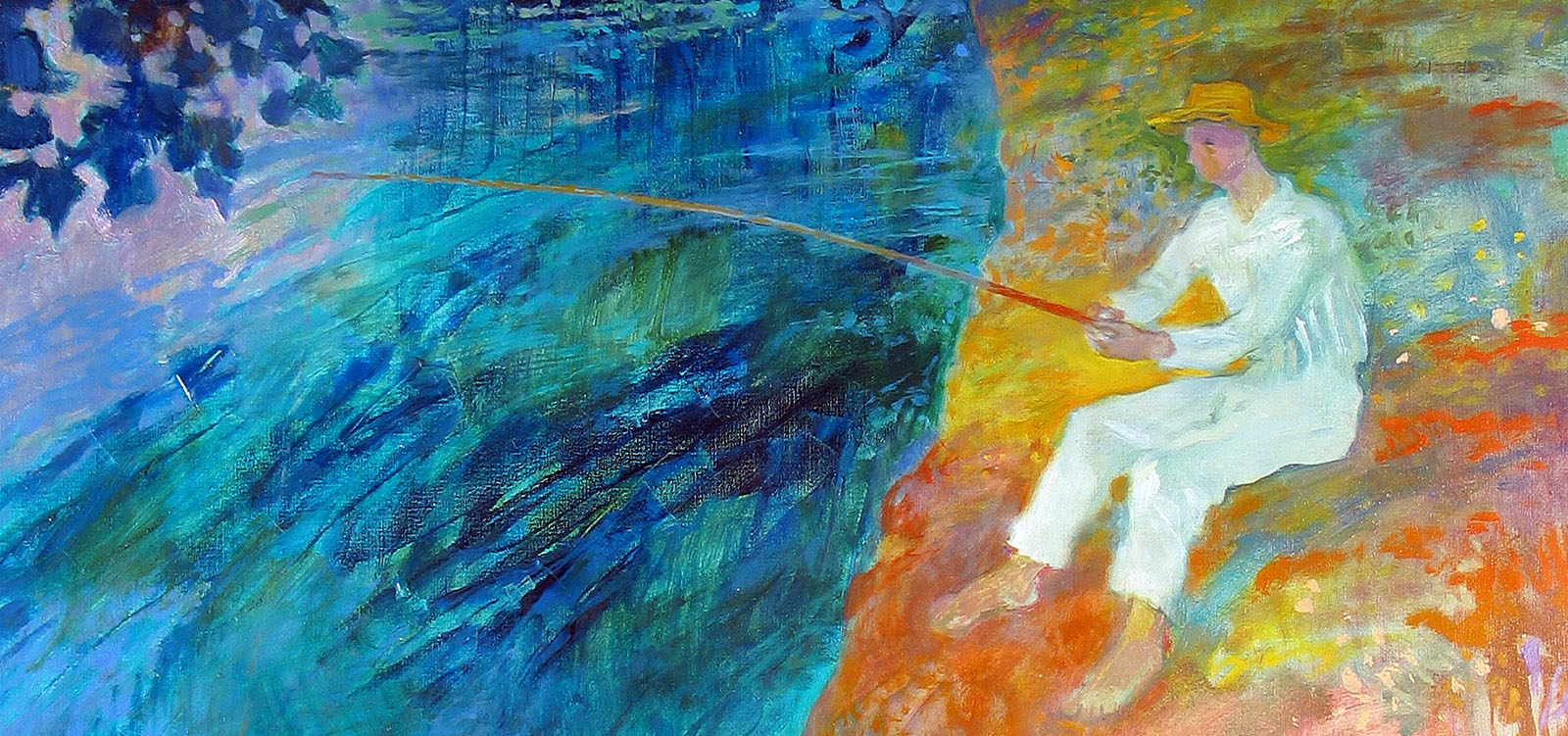
Investing in Art - The Art of Investing
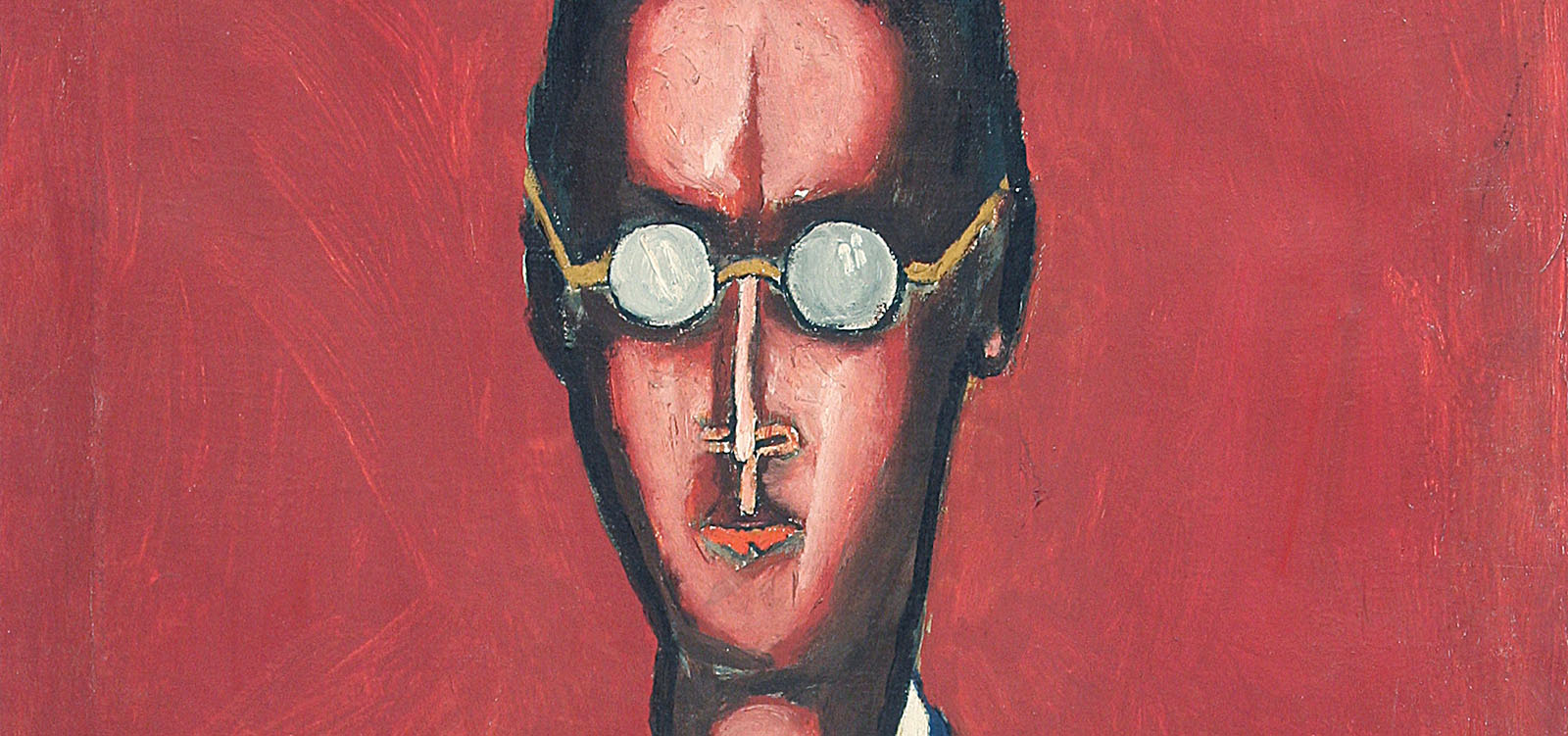
We create art collections
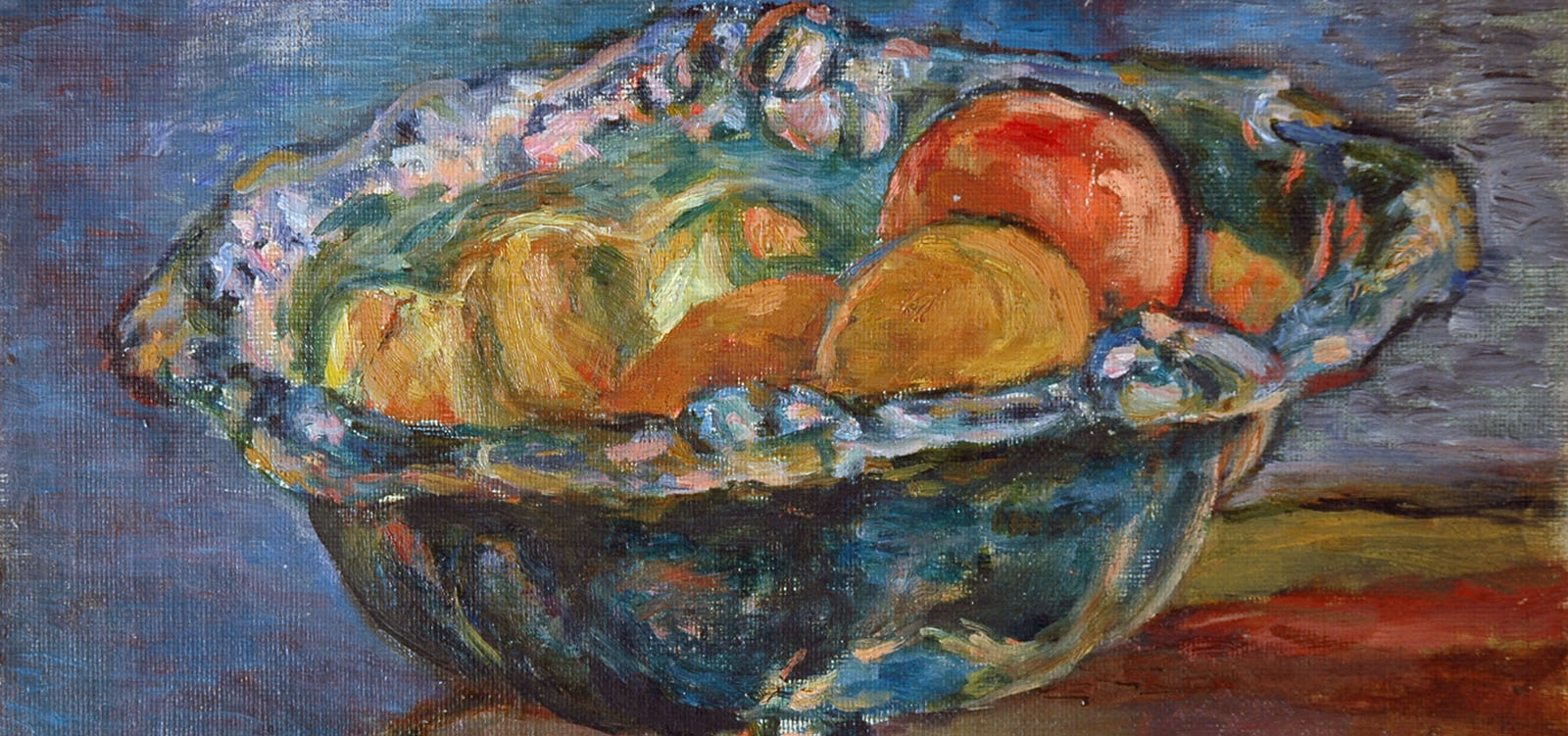
Art Consulting
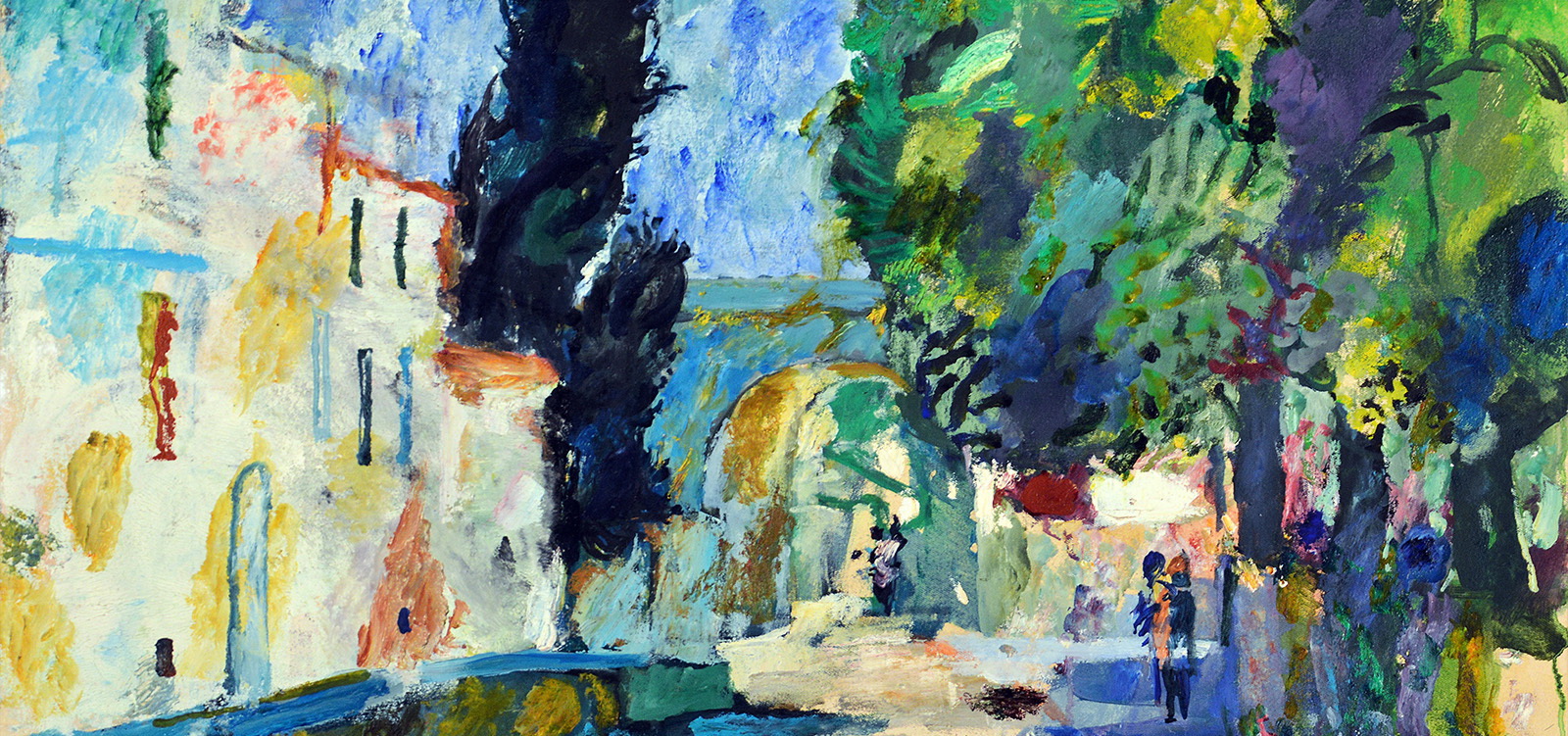
Arranging art collections
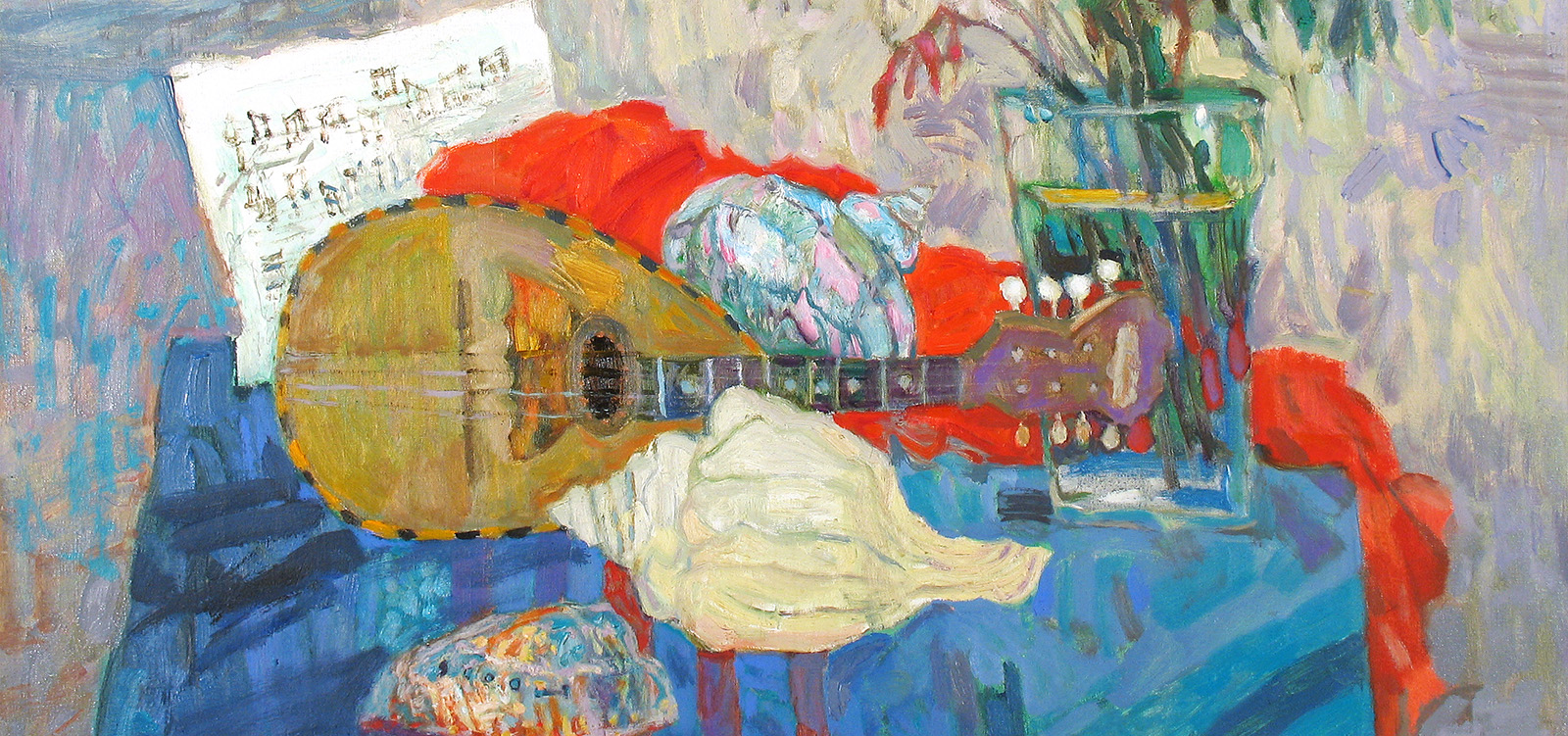
Cataloguing collections of works of art
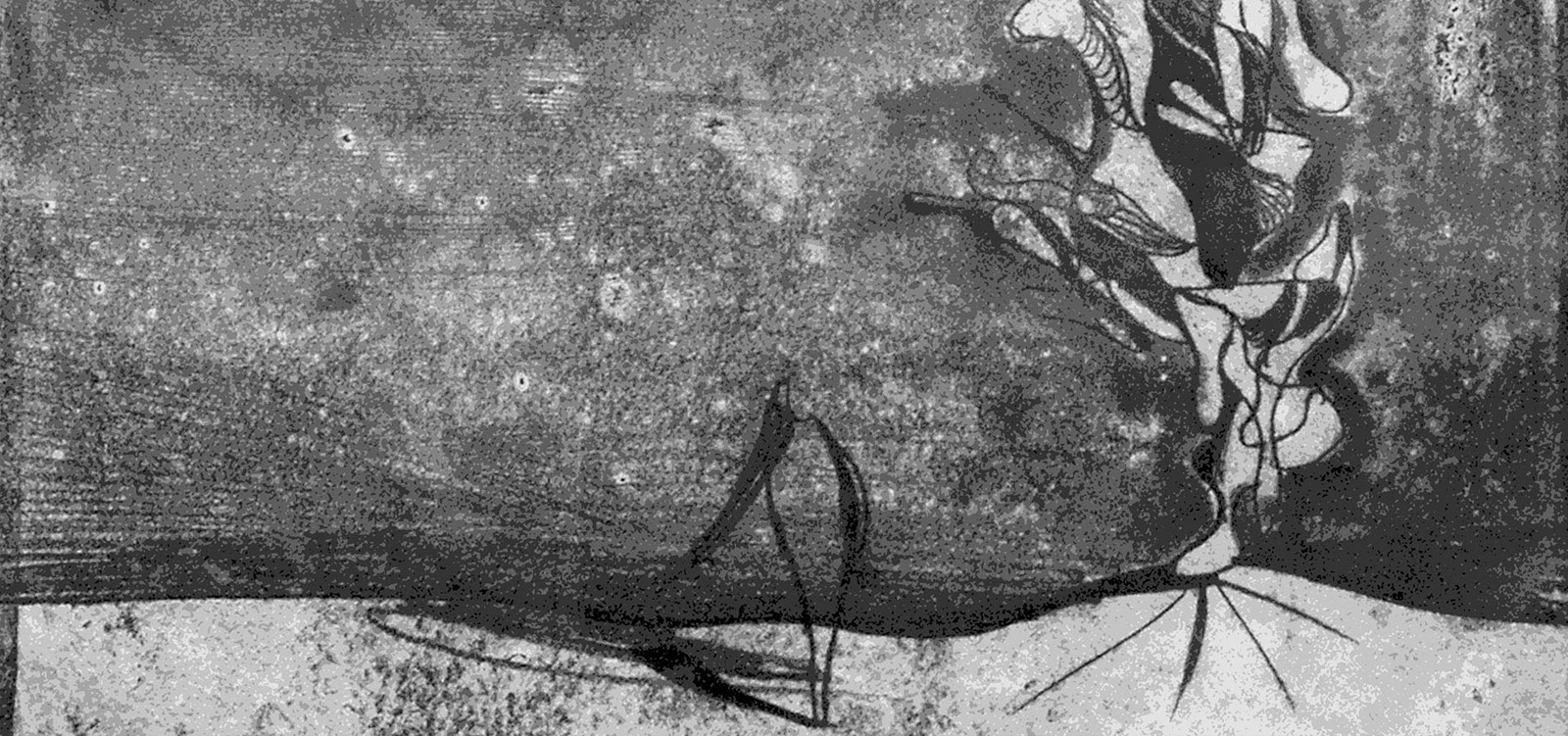
Consevation of works of art
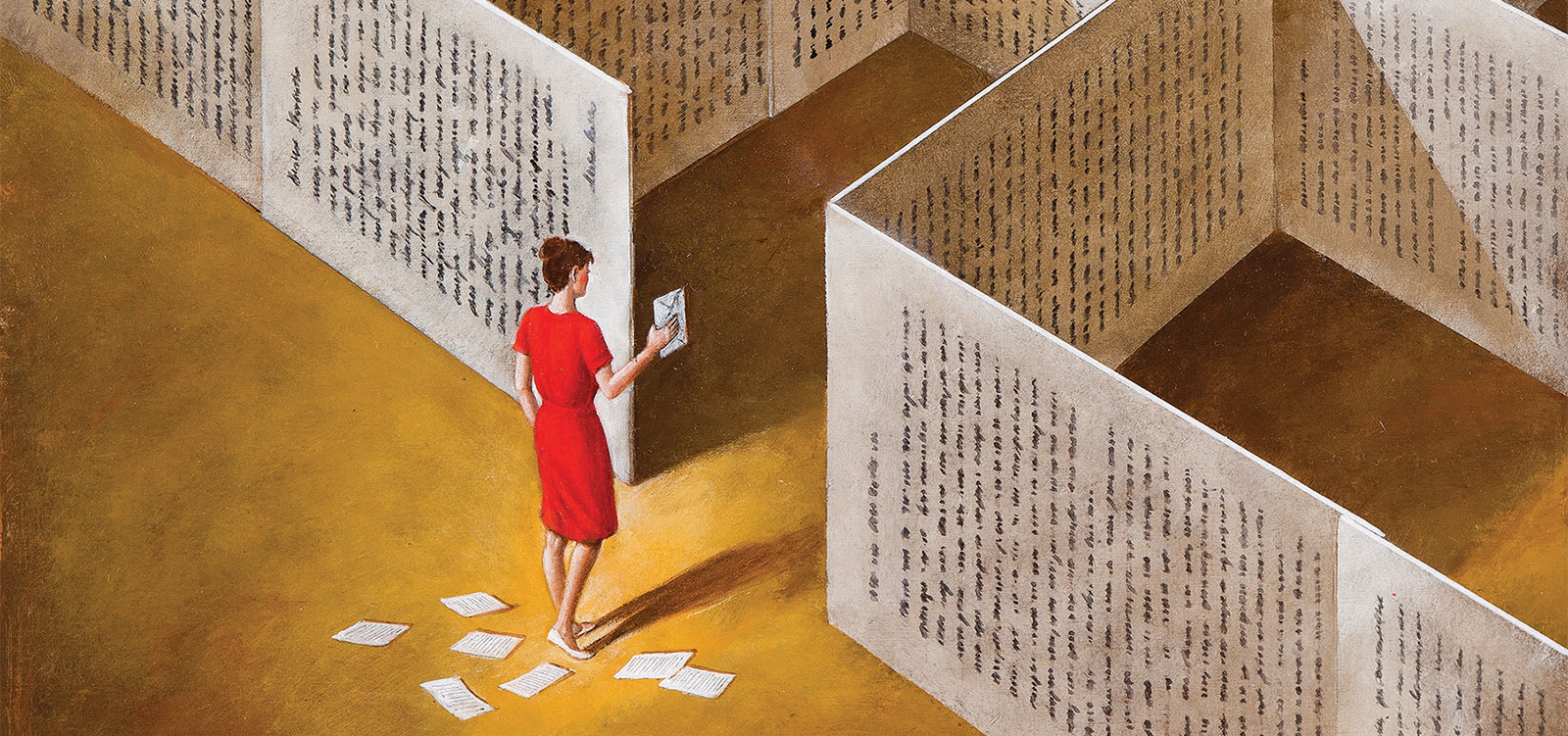
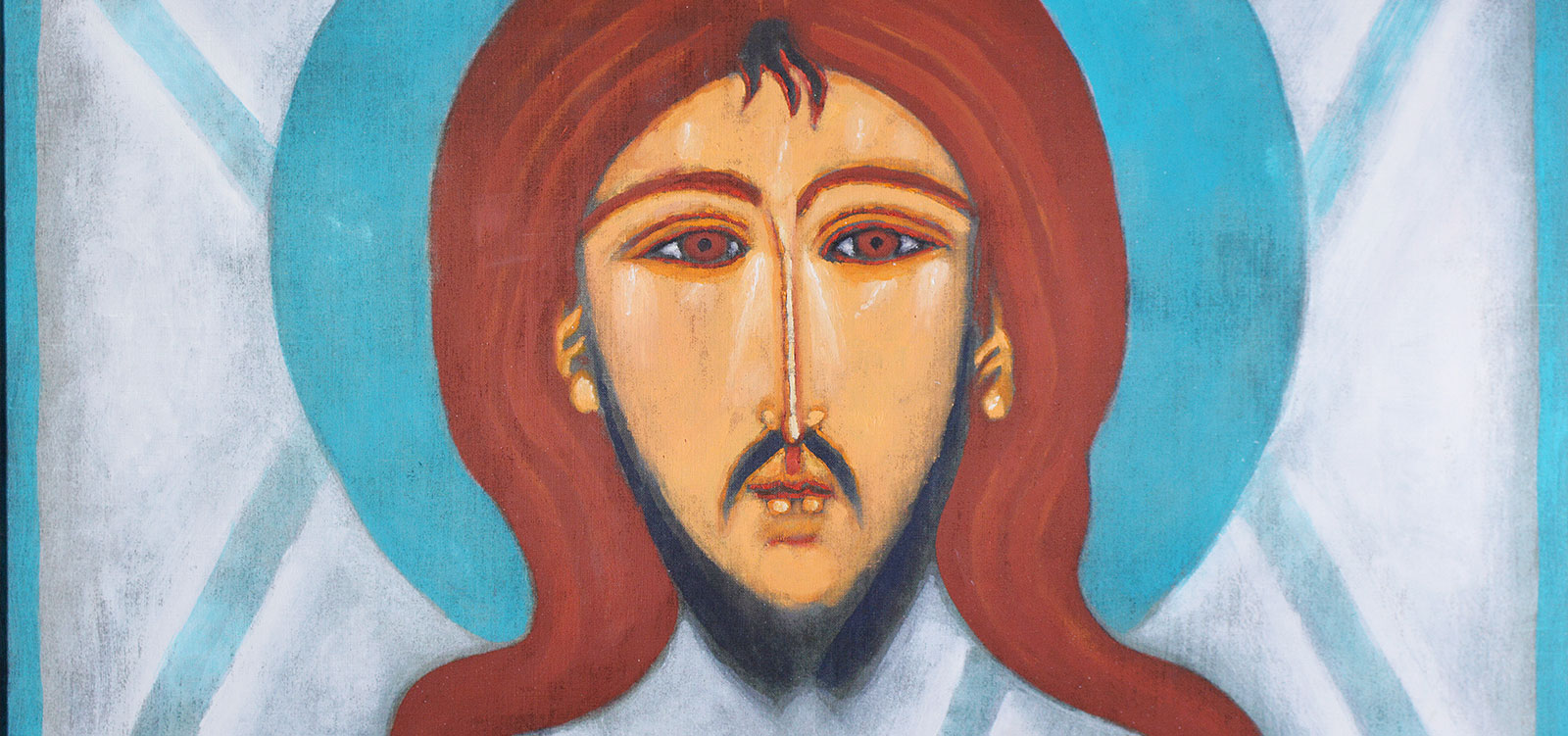
The intimate space of the gallery gradually fills with people when suddenly the viewers and the sculptures seem to mingle and talk with each other creating a unique celebration. Those who have entered here from the street brought movement with them. Those who have left Paweł Erazmus's studio brought silence and concentration. All intend to have a real MEETING.
This time the meeting takes place beyond time and space. Or rather in all times and all spaces, since the young sculptor focuses on human figures shown in various ways through various themes and series. But he always refers to the "old spells of humanity." His works are neither psychological analyses nor portraits. This is a gallery of the myths and traditions in which we are so deeply rooted that we can feel them subconsciously without the need for titles or other references.
For a real meeting a common experience is a must. The common code. Eternal symbols - Apis, the Jason ship, which is at the same time the Flying Dutch and the Boat of Fools, or an egg, provide the common language to facilitate communication. The material itself - noble, traditional bronze is also a message in itself. Now we know how to understand the sculptures.
A girl swinging on her own tress which suggests a Scythian "necklace. Is this a dream of a small nomad girl? An Egyptian is about to raise his long trumpet. The sounds of the instrument will be a call for battle or prayer at the temple of Ishtar, or perhaps a greeting of a distinguished guest. A Roman in a wind-blown toga with an amused face of Petronius. The other Roman with his face grotesquely twisted and prominent nose. He is standing with his legs wide apart and his hands clasped behind his back. His posture expresses resoluteness and decision. Is he a great leader or a petty plotter? There is also a figure clearly distinct from the others, in a long, rugged dress. Who is he? John the Baptist or a medieval ascetic? Surely, he would not have liked a performance of the nearby actor on stilts, although he might have met him somewhere in the middle of a medieval fair... Even the mountain climber symbolizes an important contemporary myth-the just and bold conqueror of mountain peaks. Contemporary Roland does not wear armor but boots with crampons and a rucksack; he uses an ice axe, not a sword. But his message is the sheer endurance of ancestral myths.
Medieval tradition seems especially important to Erazmus`s work. Elongated figures with expressive hands and strong feet remind us of Romanesque art and of Gothic verticalism. The figures seem to be shown from a certain perspective - their feet stand firm on the ground, their heads are in the sky. The man seems to be suspended between heaven and earth, between the sacred and the prophane. The figures created by Erazmus are only seemingly static. In fact, movement seems to be hidden within. It has a spiritual rather than physical dimension. It is as if gravity can be overcome "here and now" in pursuit of the sacred. It is also the Roman "per aspera ad astra". The circus actor on stilts wants to be a little higher. The girl on a seesaw flies into the sky for a moment. The boy dragging a wheelchair filled with toys leaps forward despite the resistance of substance. A tourist functions perfectly in two dimensions - he knows well both the gravity of earth and the tempting charms of the sky.
These works reveal great erudition, and don't often use anecdote. Usually they are just allusions, suggestions. The exhibition might be a good setting for the reading of Zbigniew Herbert's poetry. It is an additional aspect of the meeting, even more justified when we look at the figure of the artist at his desk. Is he a chronicler? A philosopher? A poet?
Agnieszka Sabor